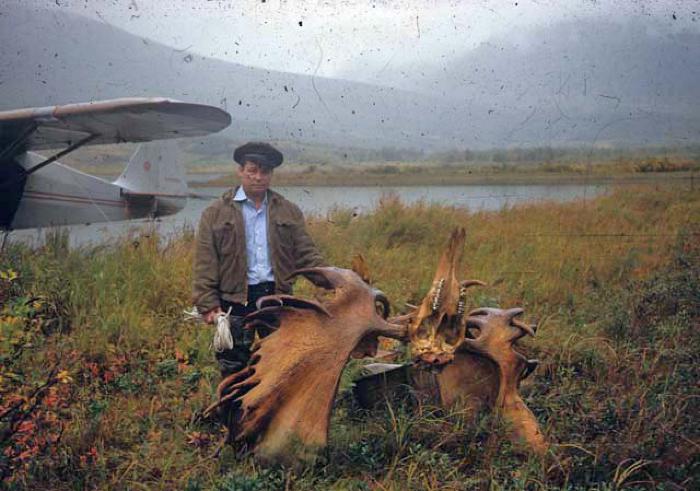Antler — Ciruneq

Although antler-bearing mammals are not indigenous to the Kodiak Archipelago, antler has long been a favored material of Alutiiq craftsmen. Antler is a compact form of bone grown and shed annually by animals of the deer family. Unlike horn, which is made of keratin, antler is formed from ash, calcium, and phosphorous. This porous, resilient material is excellent for making tools.
Archaeological data illustrate that craftsmen employed antler regularly in the manufacture of objects designed to withstand an impact. Harpoons, fish spears, arrows, and wedges for splitting wood are some examples.
Where did Kodiak’s Alutiiq people obtain antler? Most of it was probably caribou antler traded, collected, or obtained through hunting on the Alaska mainland. Although small quantities of moose antler may have made it into artists’ hands, moose were rare on the Alaska Peninsula until the twentieth century, making the peninsula’s caribou herds a more likely source.
Today Alutiiq people collect the antlers of the Sitka black-tailed deer, a species introduced to Kodiak in the early twentieth century. Artists generally prefer the hardened tines of fully grown deer to the spongier tines of immature animals. Craftsmen fashion this material into strong, attractive handles for a variety of knives and baskets. Small pieces are also skillfully polished, painted, or engraved to make jewelry.
